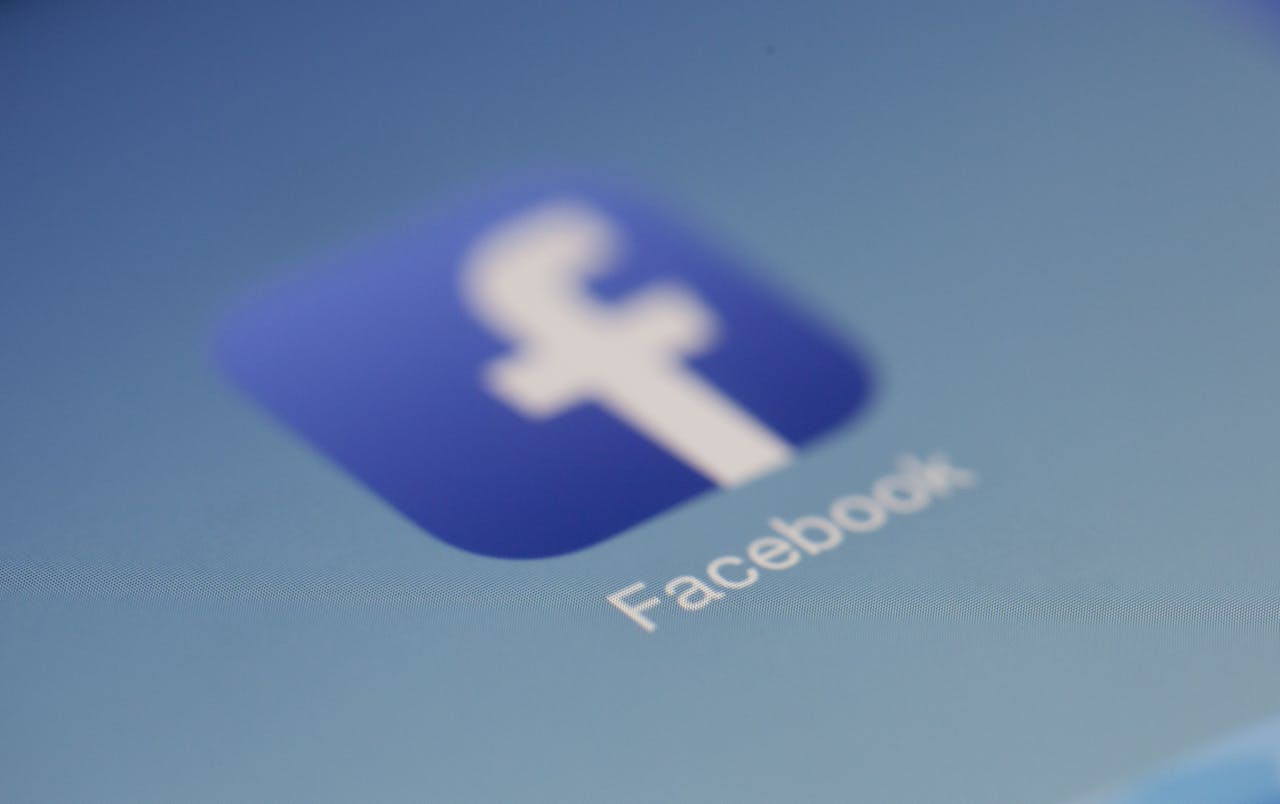
In Facebook marketing, two primary strategies reign: organic and paid. Each has unique strengths and applications, and understanding their differences can help you choose the right approach for your business.
Here’s a simple breakdown tailored for an Australian audience.
Organic Facebook Strategy
Organic content refers to the free posts you share on your Facebook page. This strategy relies on creating engaging, high-quality content your followers naturally want to interact with and share.
Key Features:
- Cost-Free: No financial investment is needed, making it ideal for small businesses or those just starting out.
- Relationship Building: Focuses on building and nurturing relationships with your audience through consistent, authentic interactions.
- Long-Term Engagement: Encourages a loyal community over time, as followers value your regular updates and insights.
Example:
A local café in Perth regularly posts about new menu items, behind-the-scenes looks at food preparation, and customer testimonials. By engaging with comments and encouraging followers to share their experiences, the café builds a strong, loyal community that values its authenticity.
Paid Facebook Strategy
Paid content involves advertisements or boosted posts that you pay Facebook to distribute to a broader or more targeted audience.
Key Features:
- Targeted Reach: You can target specific demographics, interests, and behaviours to ensure your content reaches the right people.
- Immediate Results: Quickly increases visibility and engagement, making it ideal for time-sensitive promotions.
- Scalability: Easily scalable depending on your budget, allowing you to control how much you spend and how wide your reach is.
Example:
A fitness studio in Sydney wants to promote a new yoga class. By creating a targeted ad campaign, they can reach individuals in their area who are interested in fitness and wellness. This targeted approach ensures that their promotion reaches those most likely to sign up, providing immediate and measurable results.
Key Differences
- Cost:
- Organic: Free, relying on time and effort to create engaging content.
- Paid: Requires a financial investment but offers precise targeting and faster results.
- Reach:
- Organic: Limited to your current followers and their networks.
- Paid: This can be expanded to reach a specific, broader audience beyond your followers.
- Purpose:
- Organic: Builds a community and fosters long-term relationships.
- Paid: Drives specific actions like website visits, sign-ups, or purchases quickly.
Conclusion
Both organic and paid Facebook strategies have their place in a well-rounded marketing plan. Organic strategies are great for building a loyal audience and fostering genuine engagement, while paid strategies excel at reaching a targeted audience quickly and driving immediate results. Understanding the strengths of each can help you effectively blend them to meet your business goals.
By leveraging both strategies, your business can maximise its Facebook presence, engaging with your audience authentically while expanding your reach and achieving specific marketing objectives.
